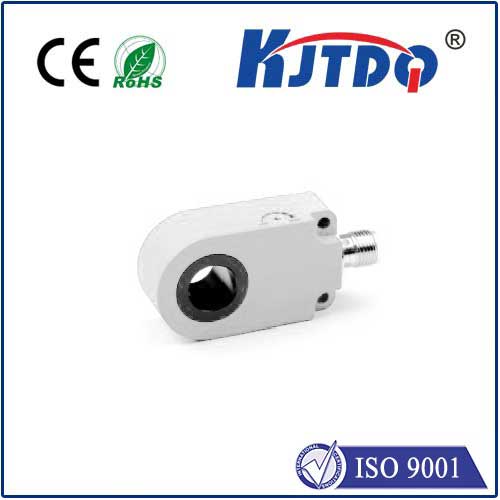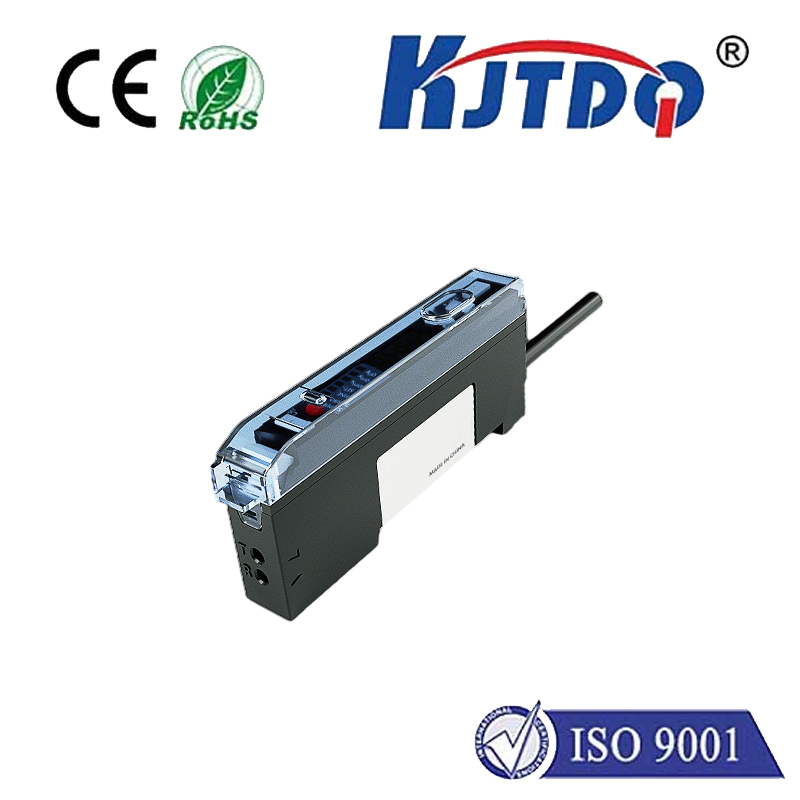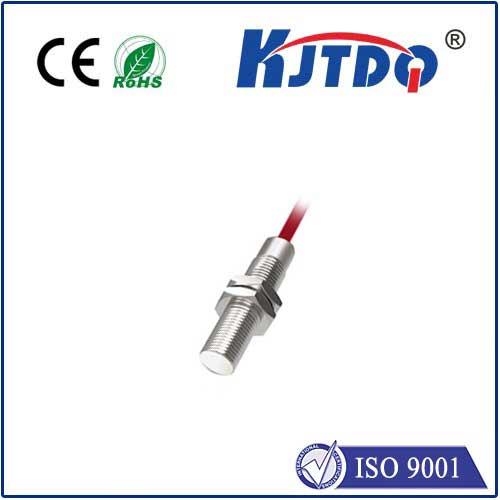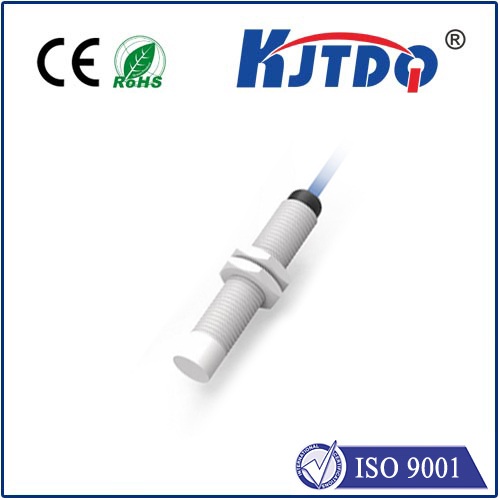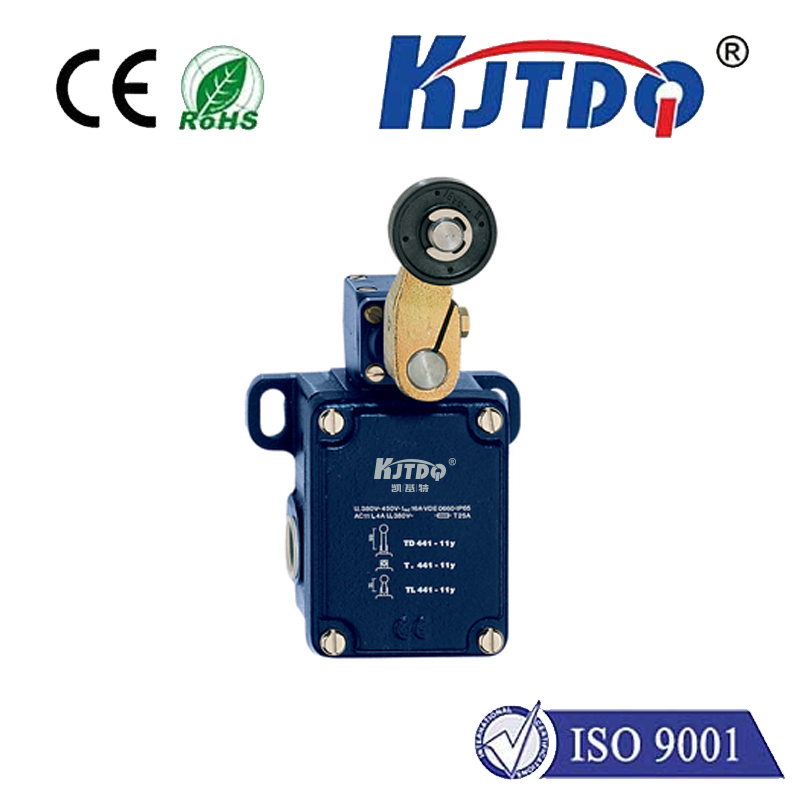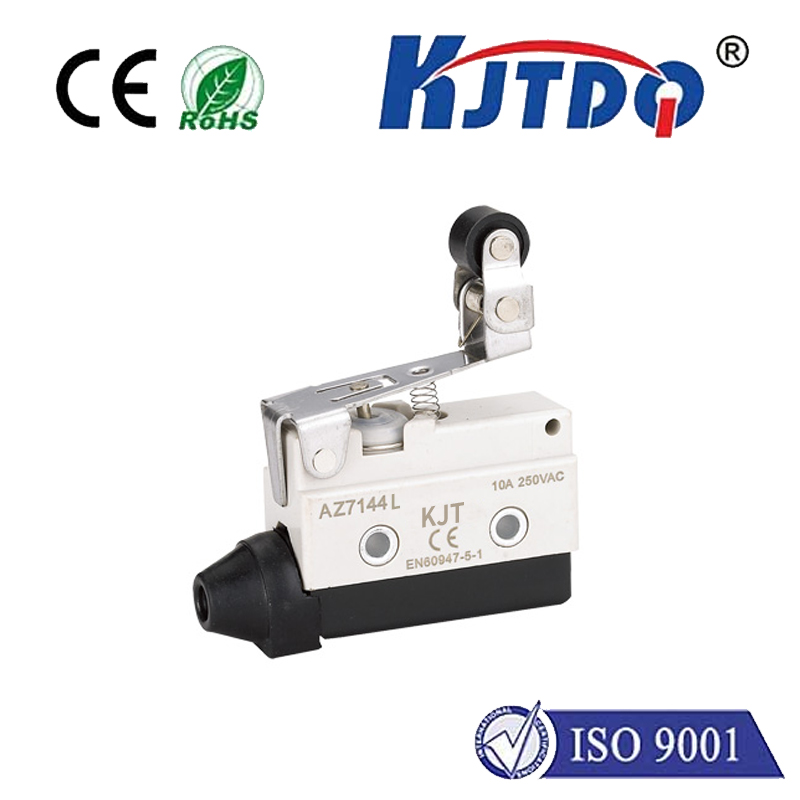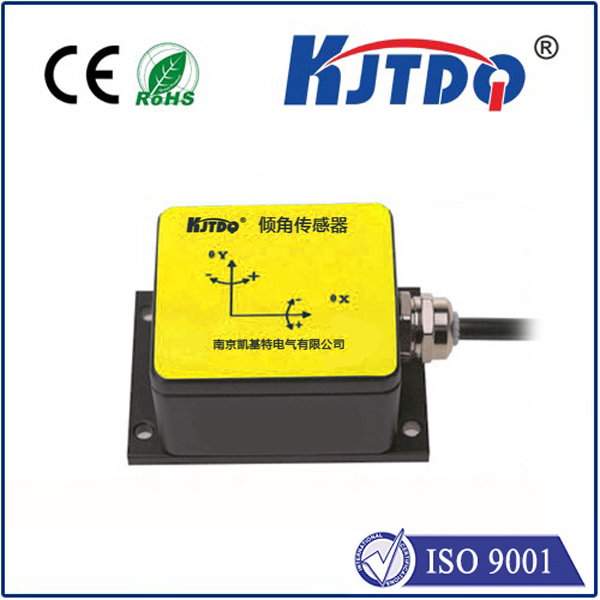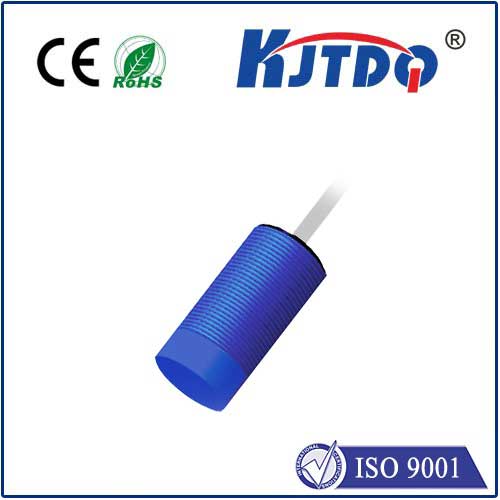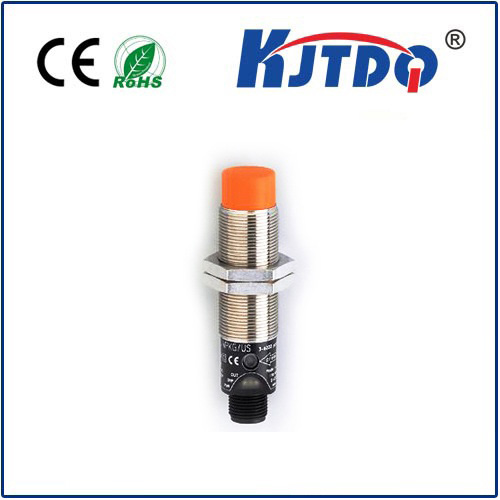pnp inductive proximity sensor
- time:2025-06-13 02:48:46
- Click:0
The Power of Positive Sensing: Demystifying PNP Inductive Proximity Sensors
Picture an automated assembly line humming with precision. A robotic arm swoops down, perfectly placing a component, while conveyor belts glide seamlessly. This intricate dance relies on countless unseen heroes ensuring objects are exactly where they need to be, when they need to be there. Among the most reliable and critical players in this industrial orchestra are PNP inductive proximity sensors. These workhorses offer non-contact, wear-free detection of metallic objects, forming the backbone of countless automation, manufacturing, and safety systems.
Understanding the Core: What is an Inductive Proximity Sensor?
At its heart, an inductive proximity sensor is a marvel of electromagnetic engineering. It functions without physical contact, making it ideal for harsh, dirty, or demanding environments where mechanical switches would falter. Here’s the essence of how it works:
- The Oscillator: Inside the sensor’s face, an oscillator generates a high-frequency electromagnetic field.
- Target Interaction: When a ferrous (iron-based) or non-ferrous (like aluminum, brass, copper) metal target enters this field, it disrupts it. Specifically, it induces small circulating electrical currents called eddy currents within the target metal.
- Energy Drain: The creation of these eddy currents absorbs energy from the sensor’s oscillating circuit.
- Amplitude Shift: This energy loss causes the oscillation amplitude to decrease significantly.
- Detection Circuit: An internal circuit within the sensor continuously monitors this amplitude. When the drop crosses a predetermined threshold, the circuit triggers the sensor’s output state to change.
- Output Signal: This state change provides a clear electrical signal indicating the presence (
ON) or absence (OFF) of the detected metal object.
This entire process happens near-instantaneously and with incredible reliability, unaffected by dirt, dust, oil, or vibration – key advantages over mechanical alternatives.

The Crucial “PNP”: Decoding the Output Type
This is where “PNP” becomes critical. It defines the type of electrical output signal the sensor provides, determining how it connects to and interacts with your control system (like a PLC - Programmable Logic Controller).
Here’s the breakdown:
- PNP (Positive-Negative-Positive): Also commonly referred to as “Sourcing” output.
- Internal Switching: The sensor contains a switching element (typically a transistor) connected between the positive supply voltage (V+) and the output signal wire.
- Active State (Target Detected): When the sensor detects a target, this internal switch closes. It effectively connects the output wire directly to the positive supply voltage (V+). Think of it as the sensor “sourcing” or supplying a positive voltage signal out to the connected load (e.g., a PLC input).
- Inactive State (No Target): When no target is present, the internal switch opens. The output wire is essentially floating (neither connected to V+ nor to ground/0V). A pull-down resistor in the receiving device (like the PLC) usually ensures it reads a low state in this condition.
- Contrast with NPN: NPN sensors are “Sinking” outputs. When active (target detected), their internal switch connects the output wire to the negative supply voltage (0V or Ground). The load must then provide the path to positive voltage.
Why Choose a PNP Inductive Sensor? Key Advantages
The popularity of PNP inductive sensors stems from several compelling benefits:
- Simplified Wiring & PLC Compatibility: Many industrial control systems, particularly PLCs common in Europe and increasingly worldwide, are designed with inputs that readily accept sourcing (PNP) signals. Connecting a PNP sensor directly to a compatible sinking PLC input is straightforward: Output -> PLC Input, PLC Input Common -> 0V/GND.
- Reliability in Noisy Environments: The sourcing nature (providing a strong positive voltage signal when active) can sometimes offer marginally better noise immunity in electrically noisy industrial settings compared to the sinking action of an NPN, though well-designed systems mitigate this effectively.
- Intuitive Logic: The concept of “presence = positive voltage” is often an intuitive match for control logic design.
- Robustness & Long Life: Non-contact operation means no moving parts to wear out. The housing, often stainless steel or rugged nickel-plated brass, combined with high IP ratings (like IP67, IP69K), ensures resistance to physical impacts, washdowns, oils, and coolants.
- High Switching Frequencies: Modern inductive proximity sensors boast impressive response speeds, capable of reliably detecting targets moving at high velocities or passing very close together.
- Cost-Effectiveness: Offering a superb blend of performance, durability, and ease of use, PNP sensors deliver excellent value for a vast array of applications.
Where PNP Inductive Sensors Shine: Diverse Applications
Their reliability and versatility make them indispensable across industries:
- Automotive Manufacturing: Counting pistons on a line, verifying gear position, detecting metal components entering presses or robots. End-of-arm tooling verification.
- Packaging & Material Handling: Detecting cans, bottles, or metallic parts on conveyors, verifying box flap closure (using metal staples or foil seals), ensuring product presence in trays.
- Machine Tooling: Confirming tool presence in a CNC turret, detecting workpiece clamping, guarding access doors.
- Food & Beverage: Monitoring stainless steel containers, detecting metal lids or caps (often PNP with food-grade housings). Conveyor jam detection.
- Assembly Automation: Ensuring parts are correctly positioned before joining operations, verifying piston rod position.
- General Industrial Presence Detection: Replacing limit switches, monitoring valve positions (with metal flags), guarding hazardous machinery.
Key Technical Considerations When Selecting One
Choosing the right PNP inductive sensor involves balancing several factors:
- Sensing Range: The nominal distance (
Sn) at which a standard target can be reliably detected. Common ranges are 1mm, 2mm, 4mm, 8mm etc. Choose with a safety margin – don’t run at the absolute maximum.
- Target Material: Ferrous metals (steel, iron) yield the longest sensing ranges. Non-ferrous metals (aluminum, brass, copper) and stainless steel reduce the effective range – factor this reduction into your selection. Some sensors are optimized for specific materials.
- Output Configuration: Ensure it’s clearly PNP NO (Normally Open) or PNP NC (Normally Closed). NO is most common: output ON (sourcing V+) when target detected. NC






